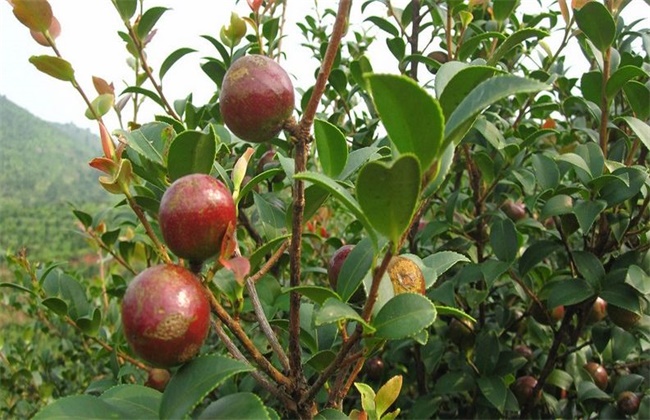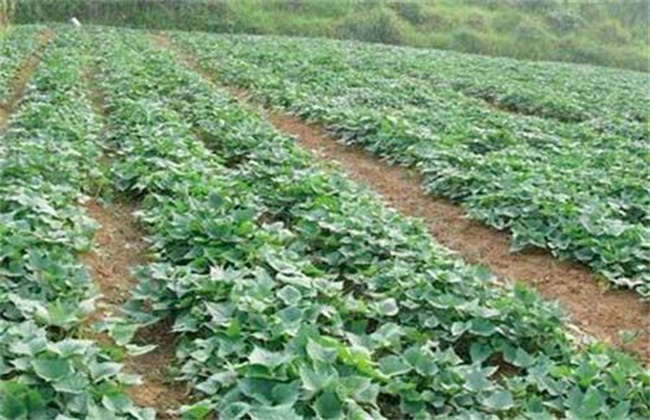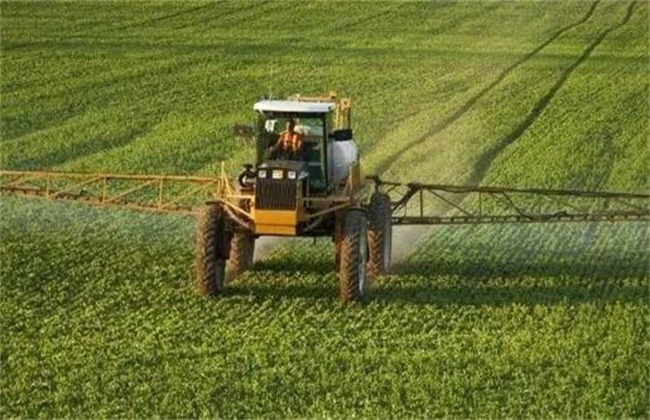Key points of High-yield cultivation of Camellia oleifera
Camellia oleifera is a common economic tree in China, and its fruit can be used to fry oil. Camellia oleifera has many producing areas and large cultivation area in our country. Scientific cultivation technology and management are directly related to the yield of Camellia oleifera. The following editor will introduce in detail the key points of high-yield cultivation techniques of Camellia oleifera, and let's get to know it.

1. Select improved varieties and strong seedlings
The quality of seedlings is related to the fertilization and high yield of trees, so we should pay attention to several points when selecting improved varieties: first, regional adaptation, local climate and site conditions are different, and fine strains adapted to ecological conditions in other areas should be selected; second, multi-line cooperation. Camellia oleifera has the highest fertilization rate and the best quality; third, the flowering period and infancy period of Camellia oleifera should be basically the same, so as to achieve a higher effect rate. Fourth, we should choose container cup seedling height 10cm, one-year fine family seedling height 20cm, biennial grafted seedling height 25cm, stem diameter thick 0.4cm root system integrity, no diseases and insect pests.
2. Scientific land preparation
Soil preparation can effectively improve soil, make soil mature and loose, improve soil water storage capacity and aeration status, accelerate the decomposition of soil organic matter, improve microbial activity conditions, and improve soil fertility. The quality of soil preparation directly affects the survival rate and tree growth of Camellia oleifera. Especially in the mountainous area with shallow soil layer, soil preparation can accelerate rock weathering and soil ripening, increase the depth of tillage layer, conserve water and increase organic matter. Land preparation should be carried out one year or half a year before afforestation, preferably in the summer and autumn of the first year.
3. Scientific planting
Whether Camellia oleifera can survive or not is closely related to the planting season. According to the local climatic conditions, we should choose the period when the local growth of seedlings stops or it is rainy. Generally in mid-October to November or February-March planting afforestation, this effect is better, afforestation is a reasonable layout of planting density, generally planting 100-150 plants per mu, determined according to the topography to ensure good permeability.
4. Scientific management
When missing and diseased plants are found after planting, strong seedlings of the same age should be replanted and management should be strengthened to ensure the balanced growth of replanting seedlings and woodland seedlings. Cut short in time when the young trees grow at 50-80 cm, promote them to sprout new branches, cultivate crowns, and lay a good basic tree shape for high and stable yield. No fertilizer can be applied in the planting year, and nitrogen fertilizer is the main fertilizer in the young tree stage, with the right amount of phosphorus and potassium fertilizer, the appropriate amount is from small to many, increasing year by year. Young trees are weak in cold resistance, have a large amount of shoots, are young in tissue, and are vulnerable to freezing damage, so it is necessary to avoid building gardens in low-lying concave lands in woodland planning, build windbreak belts properly in winter, and apply sufficient warm and winter fertilizer in November. In the process of growth, it is necessary to timely plough and weed, spray regularly to protect the tree crown, effectively control diseases and insect pests, enhance plant disease resistance, and make it grow healthily.
The above is the introduction of the key points of high-yield cultivation of Camellia oleifera. I hope it can help you. If you want to know more about it, please follow us.
Related
- The first cup of black tea in spring, the flavor and history of tea gardens in Kenya, Africa
- The computer can not only choose potatoes, but also grow tea rice. AI will grow winter oolong tea champion.
- It is not only the inflated tea bitten by insects, but also engraved with the four seasons tea in Beipu.
- The Oriental Beauty Tea Festival in Zhuxian County takes the stage at the weekend to experience the plus-size feast of oil tea.
- & quot; Oriental Beauty Tea & Exploration of Emei in Hsinchu, the hometown of quot;
- The new variety of strawberry "Tainong 1" dessert is the first choice with mellow aroma. Crimson gorgeous
- History of Tea in Taiwan: from Wild Inner Mountain to Export Tea Garden
- Two types of Taiwan Oriental Beauty Black Tea won the British three-Star Award for Childhood Tea Xiang Zhang Jiaqi changed from pilot to champion tea maker.
- Banana species and varieties: the planting history of Taiwan Xianren banana and dwarf banana is long, is banana disease resistant?
- Coffee planting Technology: Qianjie Coffee from Seedling to harvesting



